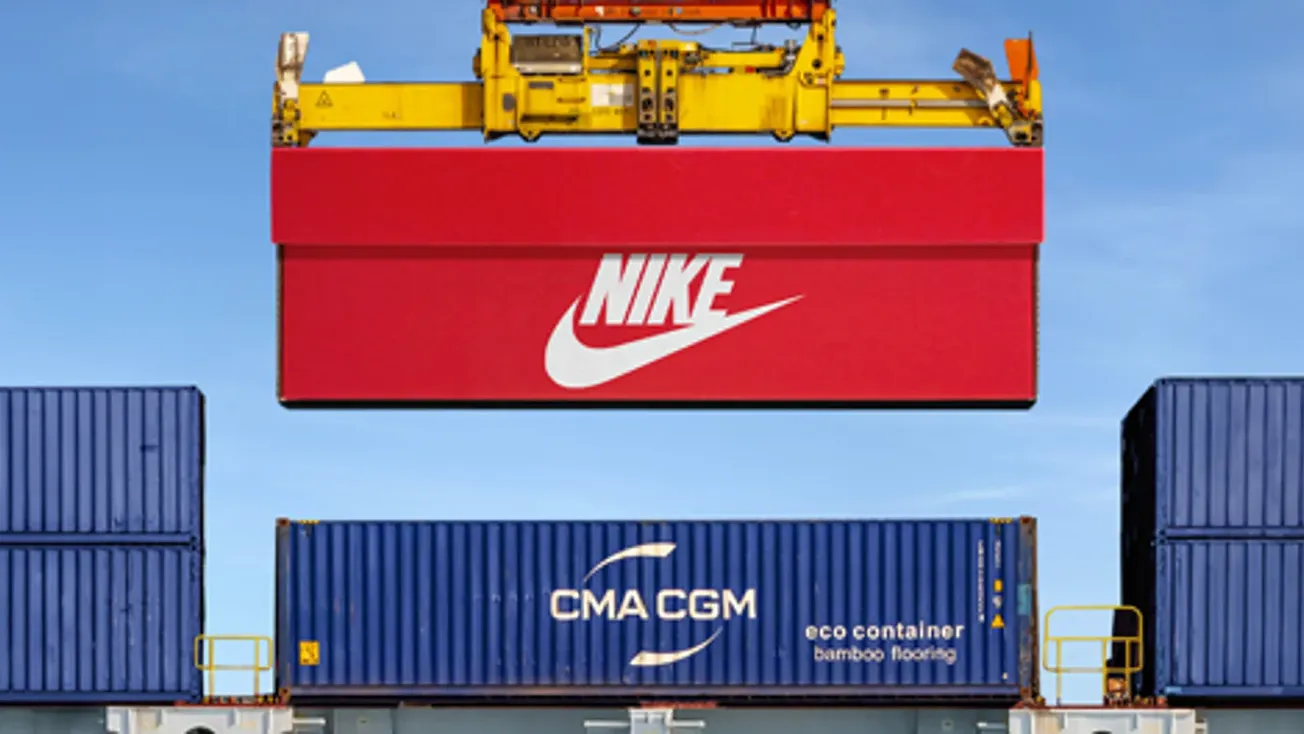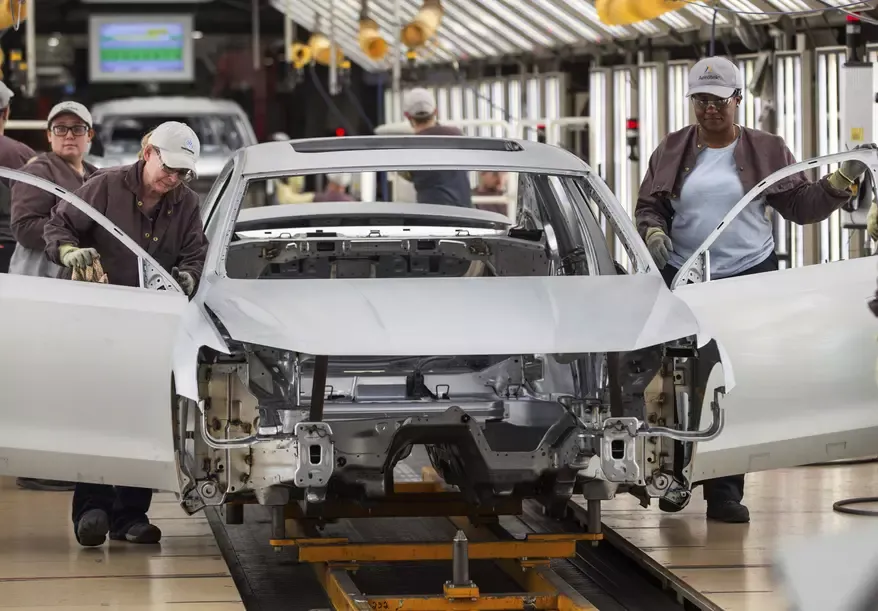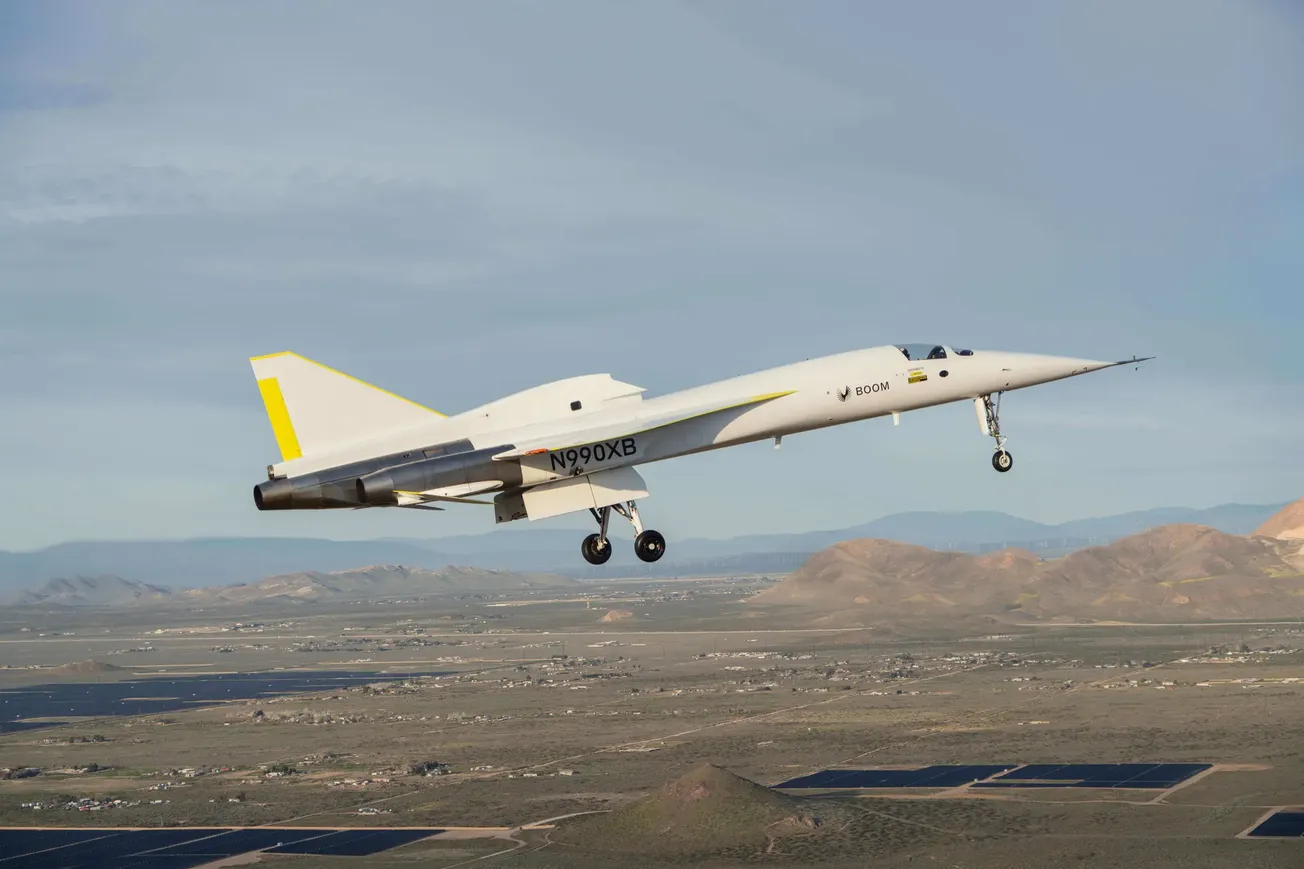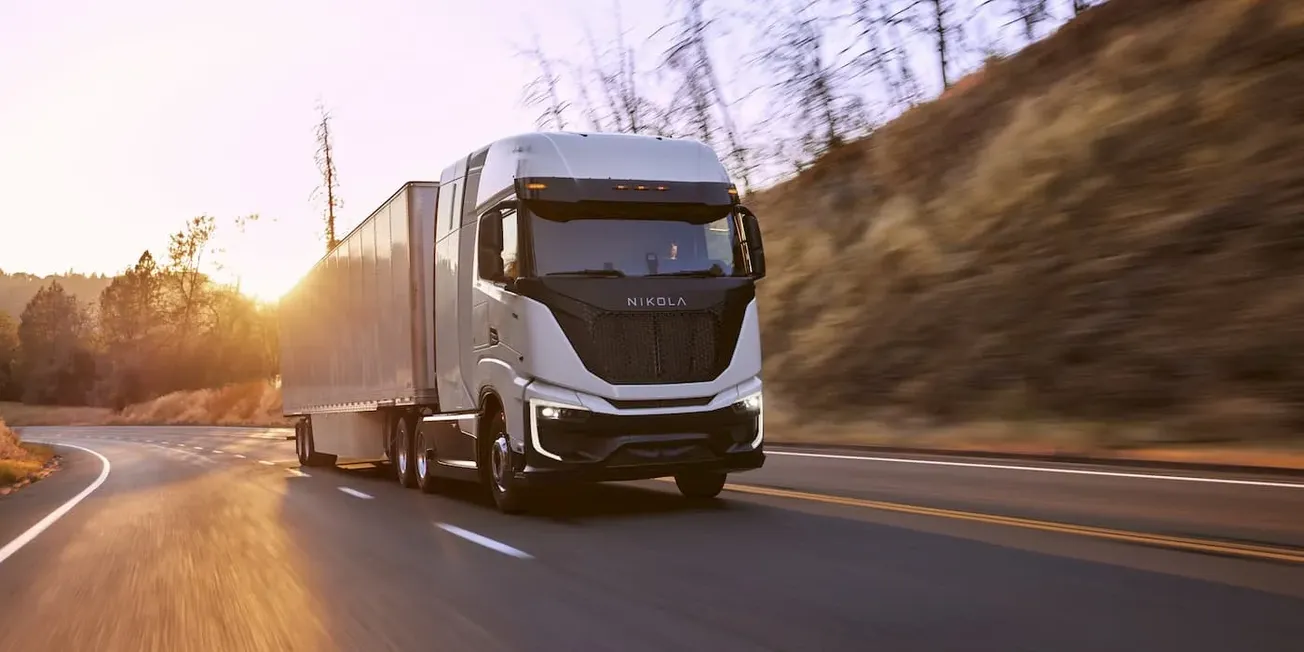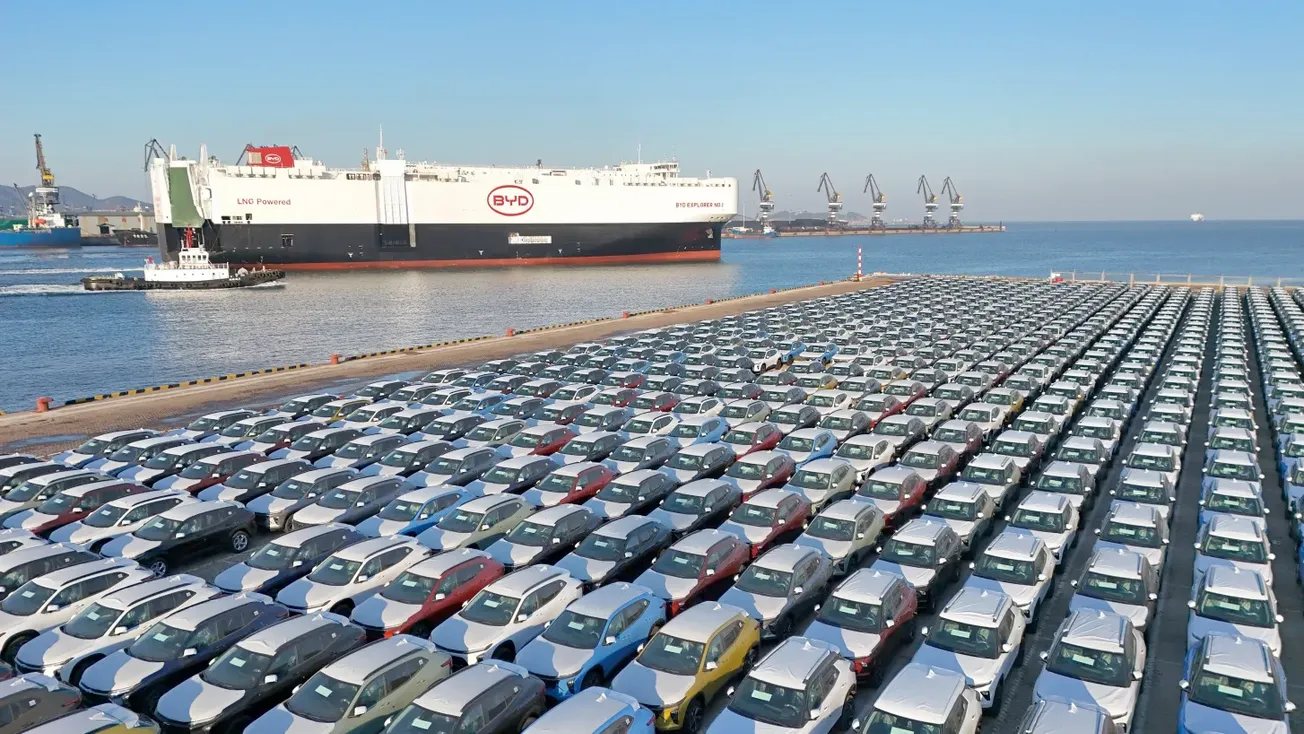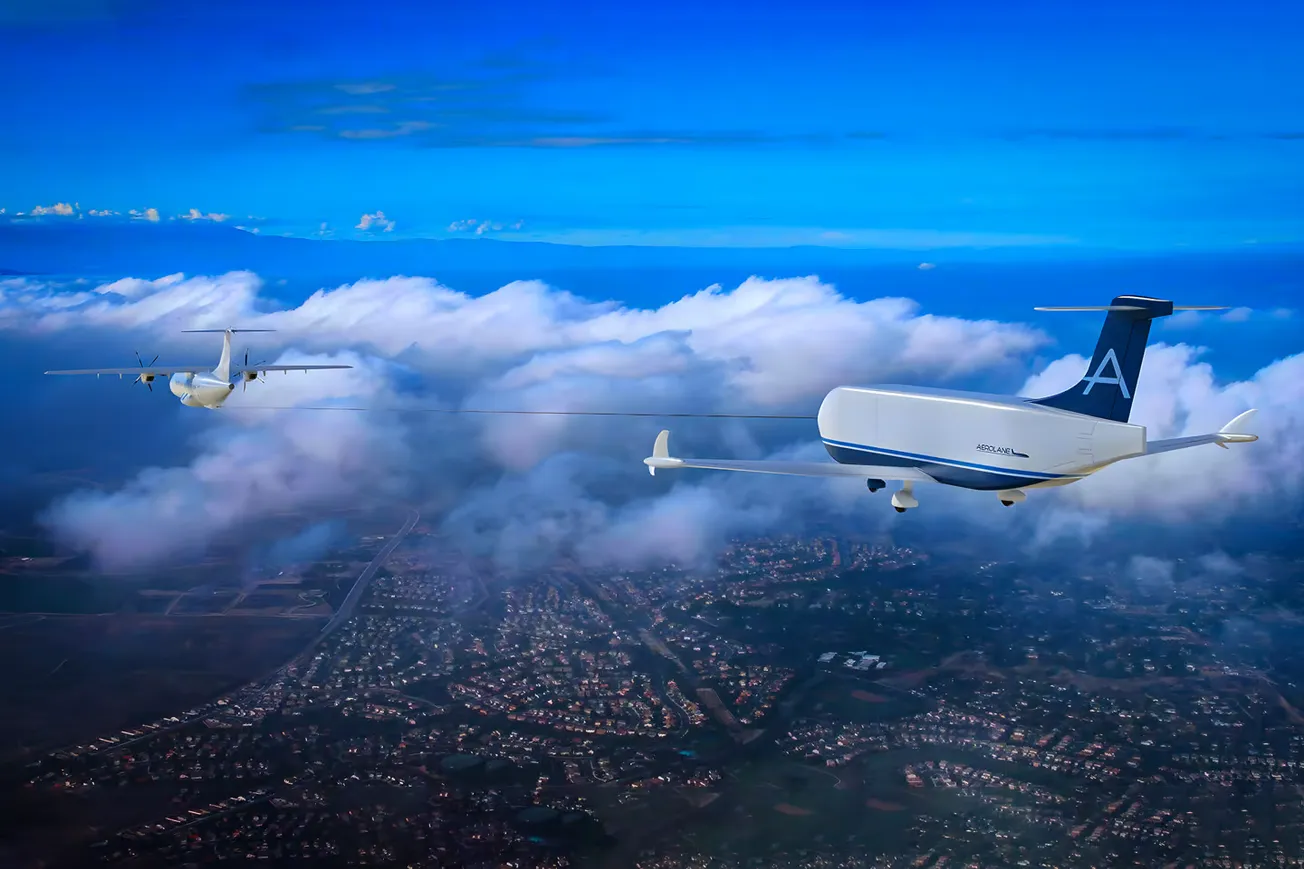Table of Contents
Nike has partnered with shipping giant CMA CGM to use biofuel to ship some of its cargo.
Why it matters: Nike expects to reduce its maritime carbon emissions by more than a third, through the deal.
Driving the news: According to a March 4 press release, Nike will use biofuel to ship 36% of its volumes it ships with CMA CGM to reduce its carbon emissions by 25,000 tons.
Zoom in: The partnership is in line with both Nike’s and CMA CGM’s efforts to cut emissions across their supply chains.
- With Scope 3 emissions representing 90% of Nike’s climate footprint, the apparel giant is actively working with suppliers to curtail these emissions.
- On the other hand, CMA CGM is on a path to achieve net-zero by 2050 and is investing in clean fuels to meet its goals.
What they’re saying: “Collaborating with a key player like Nike and taking this major step towards decarbonisation is an important achievement,” CMA CGM EVP Olivier Nivoix said.
- “We are confident our success will act as a catalyst, encouraging other carriers and customers to join us on this path to accelerate the transition towards a net zero industry.”
Yes, but… not everyone is happy with using biofuels to cut carbon emissions.
- Biofuels are in short supply. Creating large demand for biofuels could lead to second order problems such as deforestation to obtain the fuel, according to FuelEU Maritime.
- Most recently, a surge in demand for palm oil, a key biofuel feedstock, caused massive deforestation across Indonseia and Malaysia.

